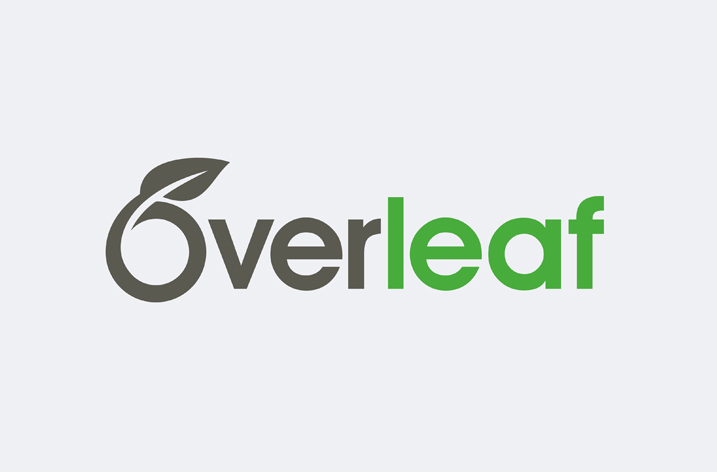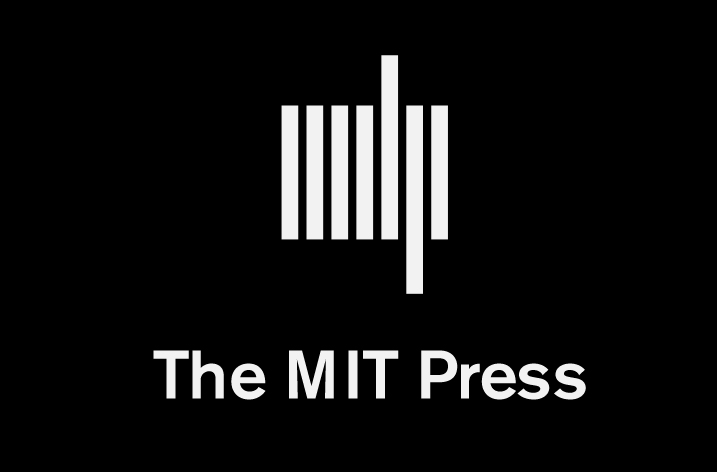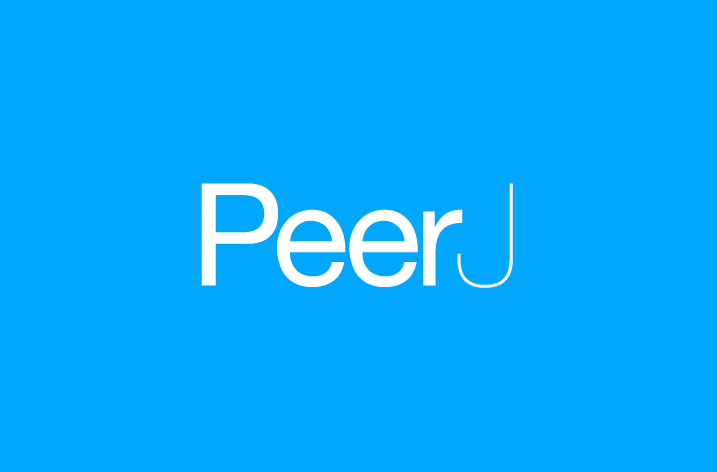
Overleaf, a collaborative writing and publishing platform that makes the process of writing, editing and publishing academic papers quicker and easier, has today released a report which takes an in-depth look at active collaborative research patterns. Rather than examining post-published collaboration patterns, “The Connected Culture of Collaboration” explores new, real-time information on collaboration to provide insights in collaboration patterns on national, state and institution-level scales.
Supported and contributed to by parent company Digital Science, the report features a number of thought leadership contributions and includes a foreword from Laurel Haak, Executive Director, ORCID. The report focuses on the varying aspects of collaboration: how collaboration is valued in science, the role of university libraries in research communication, and how the growth of open access facilitates collaboration.
An analysis of Overleaf collaboration data forms the heart of the study. The key insights are:
Overleaf’s cartography of collaboration
-
In the Overleaf dataset, the United States is more than 1.5 times more central to collaboration than the UK. The UK is, in turn, almost four times as collaborative as its nearest (European) competitor.
-
Whilst the US perhaps unsurprisingly emerges as the largest collaboration hub, the EU-28 countries are highly collaborative.
-
In the US, the states are highly clustered around the dominant California hub and even the powerhouse of American universities on the east coast seem less evenly matched.
-
In the EU, several countries are relatively evenly matched with 11 or 12 countries clearly participating on a more even footing.
-
The level of collaboration between the EU and the US is not as large as might be expected, yet the long tail of collaborative relationships in the EU is impressive.
Daniel Hook, CEO of Digital Science said: “Our analysis gives an engaging insight into an emerging picture of collaboration in its earliest stages. We know that collaboration is a growing and often referenced feature of modern research, but we believe that this is the first time an analysis has been done on this type of collaborative document writing data. The analysis will help to inform us about how the research landscape is developing and how research partnerships are formed.”
John Hammersley, CEO, Overleaf said: “With more than eight million documents on Overleaf today, we can already start to uncover the structure of research relationships in real-time. These findings allow us to understand the complicated relationships between authors, collaborators and publishers, information we can use to improve both the authoring experience and the publisher workflow. I’m proud of what we’ve achieved, as we continue to develop Overleaf to better serve the needs of all those involved in collaborative research around the world.”
Contributed articles include:
Understanding the existing and emerging trends in global research collaboration – as it happens. John Hammersley, CEO, Overleaf, London, UK
What value collaboration? Recognising, understanding and incentivising collaboration. Liz Allen, F1000, London, UK
A new cartography of collaboration. Ian Calvert, CTO, Prose and Code, Manchester and Senior Data Scientist, Digital Science & Daniel Hook, CEO, Digital Science, London, UK
In support of collaboration. Helen Josephine, Stanford University, California, USA
Making the most of OA: A focus on collaboration. Sam Burridge, Consultant and Advisor, London, UK
The report is available online here and you can follow the conversations online using #OverleafReport.


























